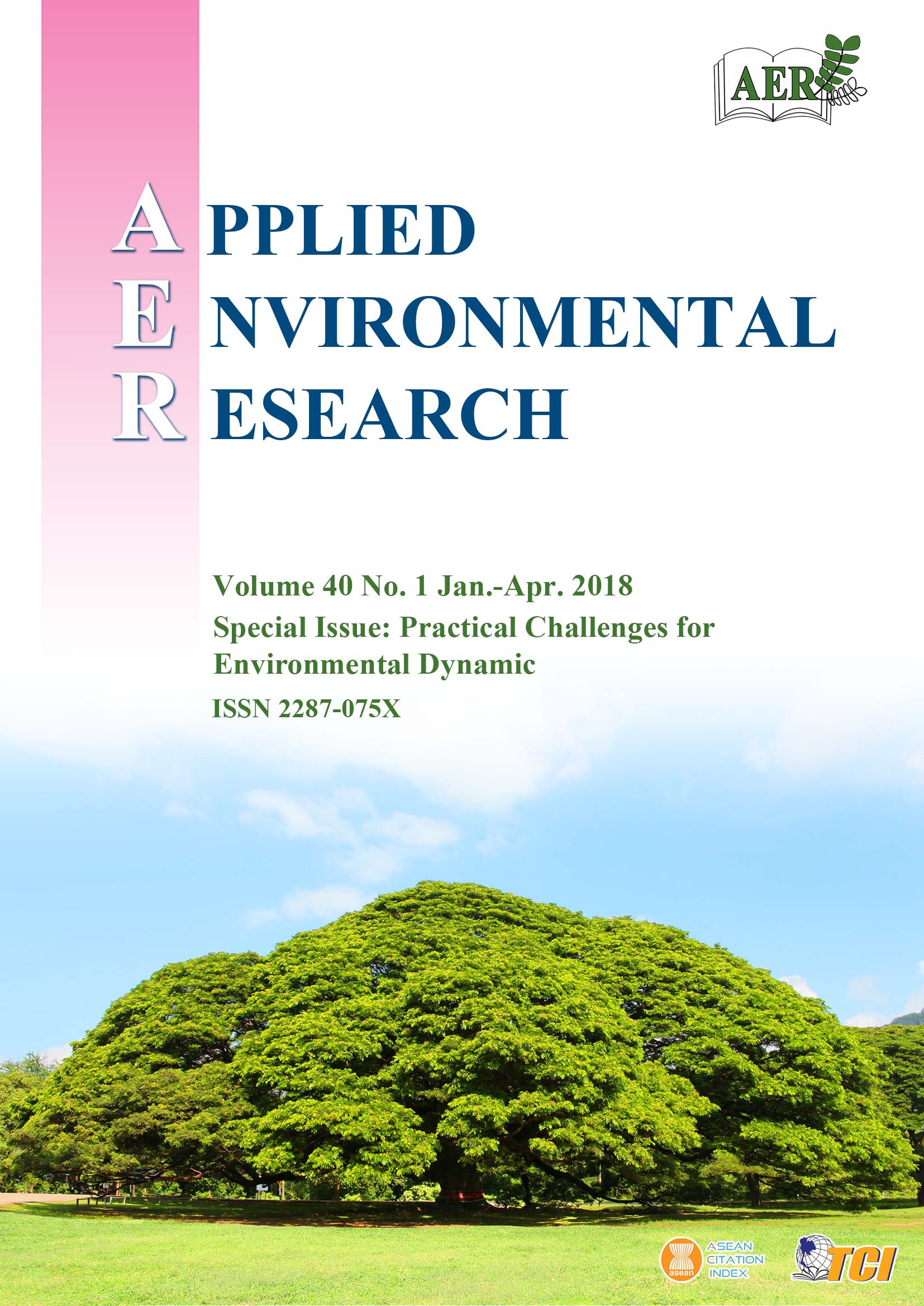The Use of Dredged Sediment from the Watsongpeenong Canal with Paper Mill Residue to Produce Facing Bricks
Main Article Content
Abstract
The potential to use dredged sediment from the Watsongpeenong Canal and paper mill residue as the primary raw materials for producing facing bricks was studied in the laboratory. Dredged sediment and paper mill residue were chemically, mineralogically, and thermally characterized using X-ray fluorescence (XRF) and X-ray diffraction (XRD). To evaluate the effects of the contents of the paper mill residue on pore-forming, large amounts of paper mill residue, ranging from 5 to 7 % by mass, were blended with dredged sediments and fired at 700 oC. The physical-mechanical properties, including dimensions and tolerances, wryness, deviation of the right angle, water absorption, compressive strength, stain, hole, rails, and cracks, as well as the microstructural properties of the facing bricks, were investigated. In addition, the heavy metals (Mn, Pb, Cd, and Cr) in the facing bricks were identified. The results indicated that the dimensions and tolerance, wryness, deviation from the right angle, water absorption, compressive strength, holes, and rails of the facing bricks with 5 % and 7 % by weight of paper mill residue were compliant with the requirements of the TIS 168-2546 standard. For stains and cracks, no batches of the facing bricks complied with the standard. Facing bricks made from 93 % dredged sediment and 7 % paper mill residue (93D+7P) obtained the highest compressive strength, with a value of 23.66 MPa. Therefore, dredged sediment and paper mill residue can be considered as suitable for use as primary raw materials in the production of facing bricks.
Article Details

This work is licensed under a Creative Commons Attribution-NonCommercial 4.0 International License.
Published articles are under the copyright of the Applied Environmental Research effective when the article is accepted for publication thus granting Applied Environmental Research all rights for the work so that both parties may be protected from the consequences of unauthorized use. Partially or totally publication of an article elsewhere is possible only after the consent from the editors.
